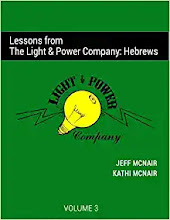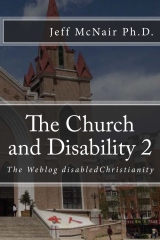What are best practices in the Muslim community, for example, and where might those best practices be observed?
Where is the “state of the art” best evidenced among Mormons?
Where can I go to view model programs within the Jewish community?
Are particular denominations leading the way for the Christian world, and/or what churches are doing a particularly good job?
Additionally, across faith traditions, what “parachurch” organizations (religious organizations that are not necessarily operated within a particular faith tradition), practice models that support the goals of what might be called best secular practices like integration, age appropriateness and functional skill faith development?
If you know of a good program, would you perhaps send me just a name of the particular faith group or program, their location and their website. These names could be sent to me at mail@jeffmcnair.com .
Personally, this information would assist me significantly with work I am currently engaged in.
Thank you so much for your assistance!
Blessings,
Jeff McNair











